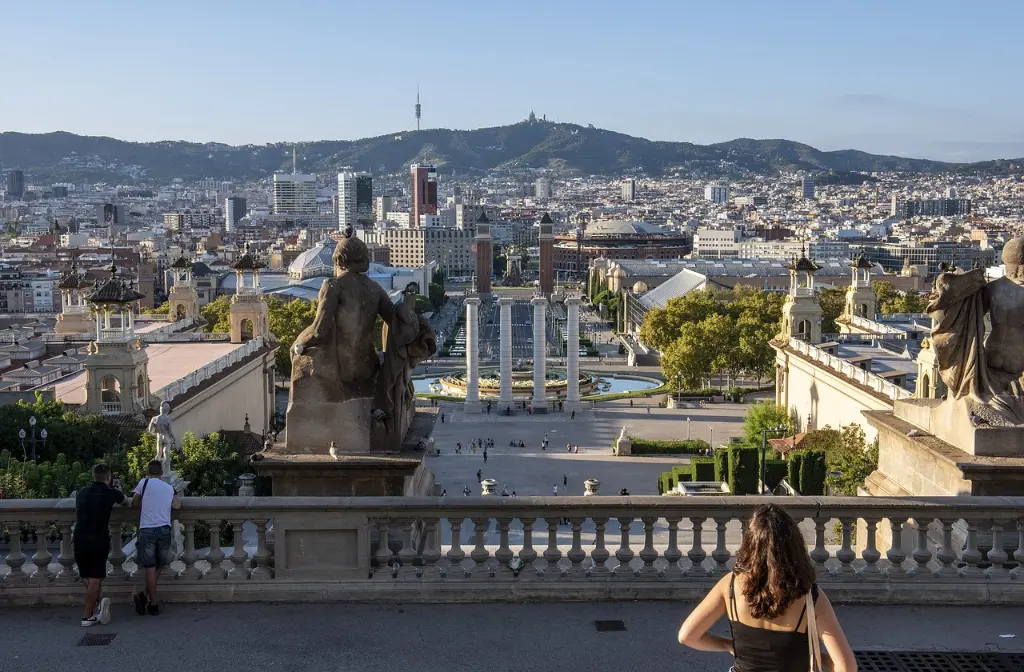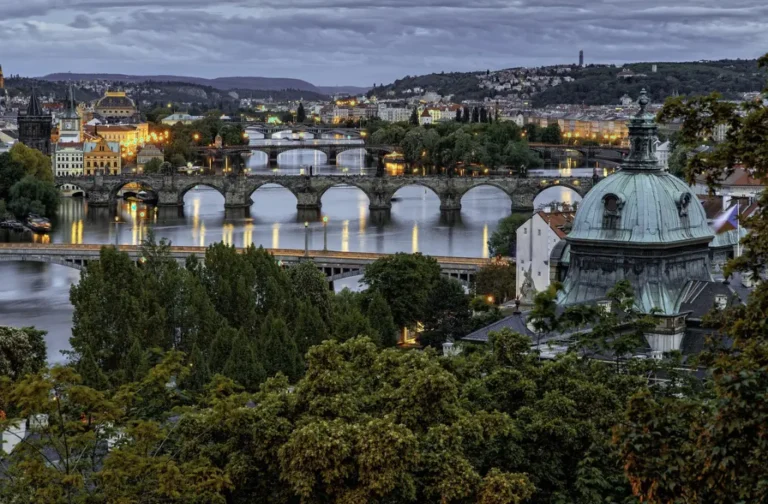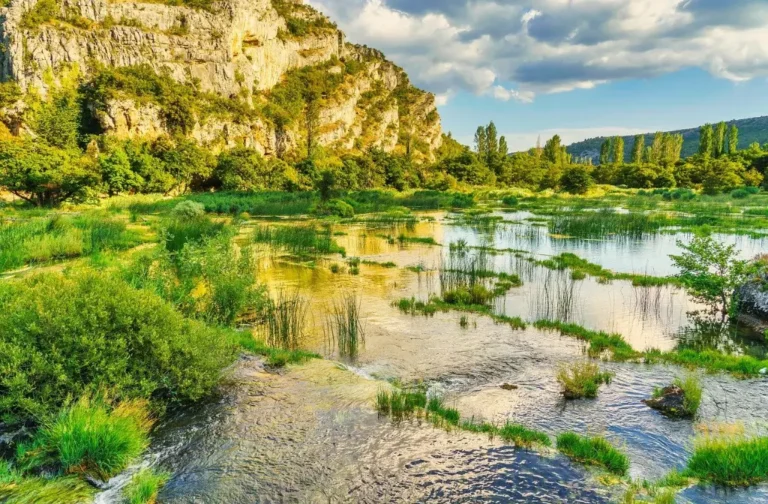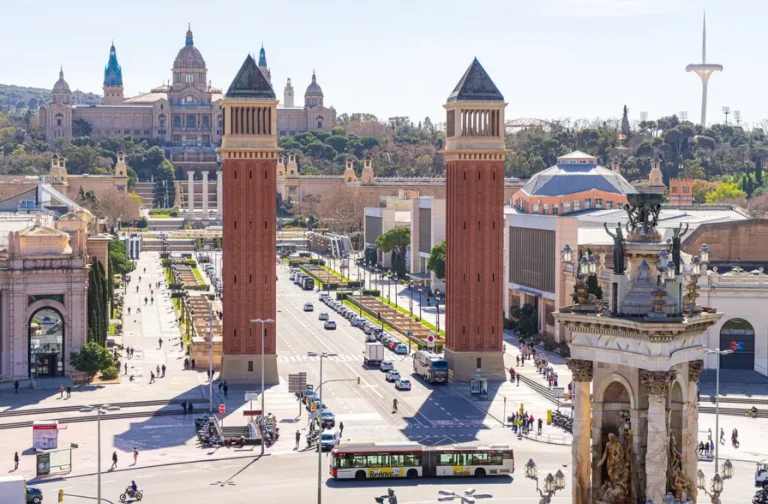10 Cool European Cities: Must-Visit Gems for Travelers
Table of Contents
Hidden Gems of Europe: Explore Lesser-Known Cities for Unique Adventures
Europe is a treasure trove of historic landmarks, diverse cultures, and breathtaking landscapes, but beyond the usual hotspots like Paris, London, and Rome, there are hidden gems waiting to be explored. If you crave unique travel experiences away from the bustling crowds, this guide will introduce you to cool European cities that offer charm, history, and unforgettable adventures.
Have you ever considered wandering the medieval streets of Ghent, Belgium, or exploring the geothermal wonders of Reykjavik, Iceland? These lesser-known destinations provide authentic culture, stunning scenery, and rich history—without the overwhelming tourist numbers. Let’s dive into some of Europe’s most underrated cities that deserve a spot on your travel bucket list.
1. Why Explore Beyond the Usual Destinations?
1.1 The Problem with Over-Tourism
Popular cities like Venice, Amsterdam, and Barcelona are struggling with over-tourism, leading to rising costs, overcrowding, and environmental concerns. Many travelers are now seeking alternative destinations that offer equally incredible experiences—without the drawbacks.
1.2 The Rise of Alternative Destinations
By exploring off-the-beaten-path cities, you can enjoy lower costs, deeper cultural immersion, and a more relaxed atmosphere. Whether it’s discovering medieval castles, indulging in local delicacies, or exploring pristine nature, these destinations promise authentic travel experiences.
2. Top Cool European Cities You Should Visit
2.1 Ljubljana, Slovenia – The Green Capital
Dubbed Europe’s Green Capital, Ljubljana is an eco-friendly city filled with charming architecture, pedestrian-friendly streets, and a thriving food scene. Must-visit spots include:
- Ljubljana Castle – Overlooking the city with breathtaking views.
- Dragon Bridge – A symbol of the city’s folklore and history.
- Tivoli Park – A vast green space perfect for a leisurely stroll.
2.2 Porto, Portugal – A Charming Riverside Gem
While Lisbon often steals the spotlight, Porto is a picturesque city famous for its stunning riverside views, delicious port wine, and vibrant art scene. Highlights include:
- Ribeira District – A UNESCO-listed waterfront full of colorful houses and lively cafes.
- Livraria Lello – One of the world’s most beautiful bookstores.
- Douro Valley Wine Tour – A must for wine lovers.
2.3 Ghent, Belgium – A Fairytale City with a Modern Twist
Ghent is a perfect blend of medieval charm and contemporary cool. It’s often overlooked in favor of Bruges, but it offers:
- Gravensteen Castle – A medieval fortress with stunning architecture.
- St. Bavo’s Cathedral – Home to the famous Adoration of the Mystic Lamb painting.
- Graslei Waterfront – A scenic spot lined with historic buildings and cozy cafes.
2.4 Tallinn, Estonia – A Digital Nomad’s Dream
This tech-savvy city is not only a UNESCO-listed Old Town but also a hub for digital nomads. Don’t miss:
- Telliskivi Creative City – A hipster paradise filled with street art and indie boutiques.
- Kadriorg Palace – A stunning Baroque palace with lush gardens.
- Alexander Nevsky Cathedral – A breathtaking Russian Orthodox church.
2.5 Valletta, Malta – The Sun-Kissed City by the Sea
This tiny capital is bursting with history, stunning architecture, and Mediterranean charm. Key attractions include:
- St. John’s Co-Cathedral – A masterpiece of Baroque art.
- Upper Barrakka Gardens – Offering panoramic views of the Grand Harbour.
- Blue Grotto – A series of sea caves with mesmerizing blue waters.
3. Hidden Cultural and Historical Gems in Europe
3.1 Offbeat Historical Sites
- Matera, Italy – Known for its ancient cave dwellings, Matera offers an incredible glimpse into prehistoric human settlements.
- Kotor, Montenegro – A UNESCO-listed old town surrounded by dramatic fjord-like mountains.
3.2 Unique Cultural Festivals
- Krampus Parade (Austria) – A spooky winter tradition where locals dress as Krampus, a mythical Christmas creature.
- La Tomatina (Spain) – The world-famous tomato-throwing festival held in Buñol every August.
4. Nature and Adventure: Beyond the Cities
4.1 Breathtaking Natural Wonders
- Plitvice Lakes, Croatia – A breathtaking national park with turquoise lakes and cascading waterfalls.
- Lofoten Islands, Norway – A paradise for hiking, photography, and Northern Lights watching.
4.2 Adventure Experiences in Lesser-Known Locations
- Hiking in the Tatras Mountains, Slovakia – Perfect for nature lovers and outdoor enthusiasts.
- Surfing in Peniche, Portugal – A haven for surfers with world-class waves.
5. Travel Smart: Best Times and Tips for Visiting Europe’s Hidden Gems
5.1 Ideal Travel Seasons
- Spring (April–June): Ideal for mild weather and fewer tourists.
- Autumn (September–November): Perfect for enjoying vibrant fall colors and lower prices.
5.2 Budget-Friendly Travel Tips
- Use regional trains and budget airlines to cut costs.
- Stay in boutique hotels or guesthouses for a more intimate experience.
- Eat where the locals eat to get the best traditional flavors at lower prices.
Conclusion: Embrace the Unexplored
Exploring cool European cities outside the mainstream can lead to more authentic experiences, lower costs, and unique adventures. Whether it’s the fairy-tale charm of Ghent, the sustainable beauty of Ljubljana, or the coastal magic of Valletta, each destination offers something special.
So why not break away from the usual and discover a side of Europe you never knew existed? Start planning your next unforgettable journey today!
FAQs
1. What are the coolest cities to visit in Europe?
Some of the coolest cities to visit in Europe include Barcelona, Amsterdam, Berlin, Prague, and Lisbon. Each offers a unique blend of culture, history, and modern attractions.
2. What makes a city “cool” in Europe?
A “cool” European city is typically one that has a vibrant culture, unique architecture, thriving local scene, and plenty of things to see and do, from art galleries to nightlife. Cities like Berlin and Lisbon are considered “cool” because they balance history with a progressive, youthful energy.
3. What are some off-the-beaten-path cities to explore in Europe?
Cities like Ljubljana (Slovenia), Porto (Portugal), and Gdansk (Poland) are great off-the-beaten-path destinations. These cities offer rich history, stunning architecture, and authentic local culture without the heavy tourist crowds.
4. What are the best cities for food lovers in Europe?
Cities like Barcelona, Paris, Rome, and Lyon are renowned for their food scenes. From tapas to gourmet dining, these cities cater to all kinds of culinary tastes and experiences.
5. How can I experience local culture in European cities?
To experience local culture, explore beyond the main tourist attractions. Visit local markets, dine in family-owned restaurants, attend live music or theater performances, and take part in festivals and events.
6. Which European cities are best for young travelers?
Cities like Berlin, Amsterdam, and Prague are perfect for young travelers. These cities have a lively nightlife, vibrant street art scenes, affordable accommodation, and a welcoming atmosphere for backpackers and solo adventurers.
7. What are the best European cities for art and history lovers?
Paris, Florence, Rome, and Vienna are ideal cities for art and history lovers, offering world-renowned museums, galleries, and historic landmarks that showcase centuries of European culture and heritage.
8. How do I travel between European cities?
The most popular ways to travel between European cities are by train, budget flights, or buses. The Eurail pass offers convenient and cost-effective options for exploring Europe by train, while low-cost airlines like Ryanair and EasyJet are often inexpensive for intercity travel.
9. What are the best European cities to visit for nightlife?
Cities like Berlin, Barcelona, and Belgrade are known for their incredible nightlife, with diverse clubs, bars, and music venues that cater to all kinds of partygoers.
10. When is the best time to visit cool European cities?
The best time to visit depends on the city and what you want to experience. Generally, spring (April to June) and fall (September to October) offer pleasant weather and fewer tourists. Summer can be great for festivals but tends to be crowded in popular cities.







